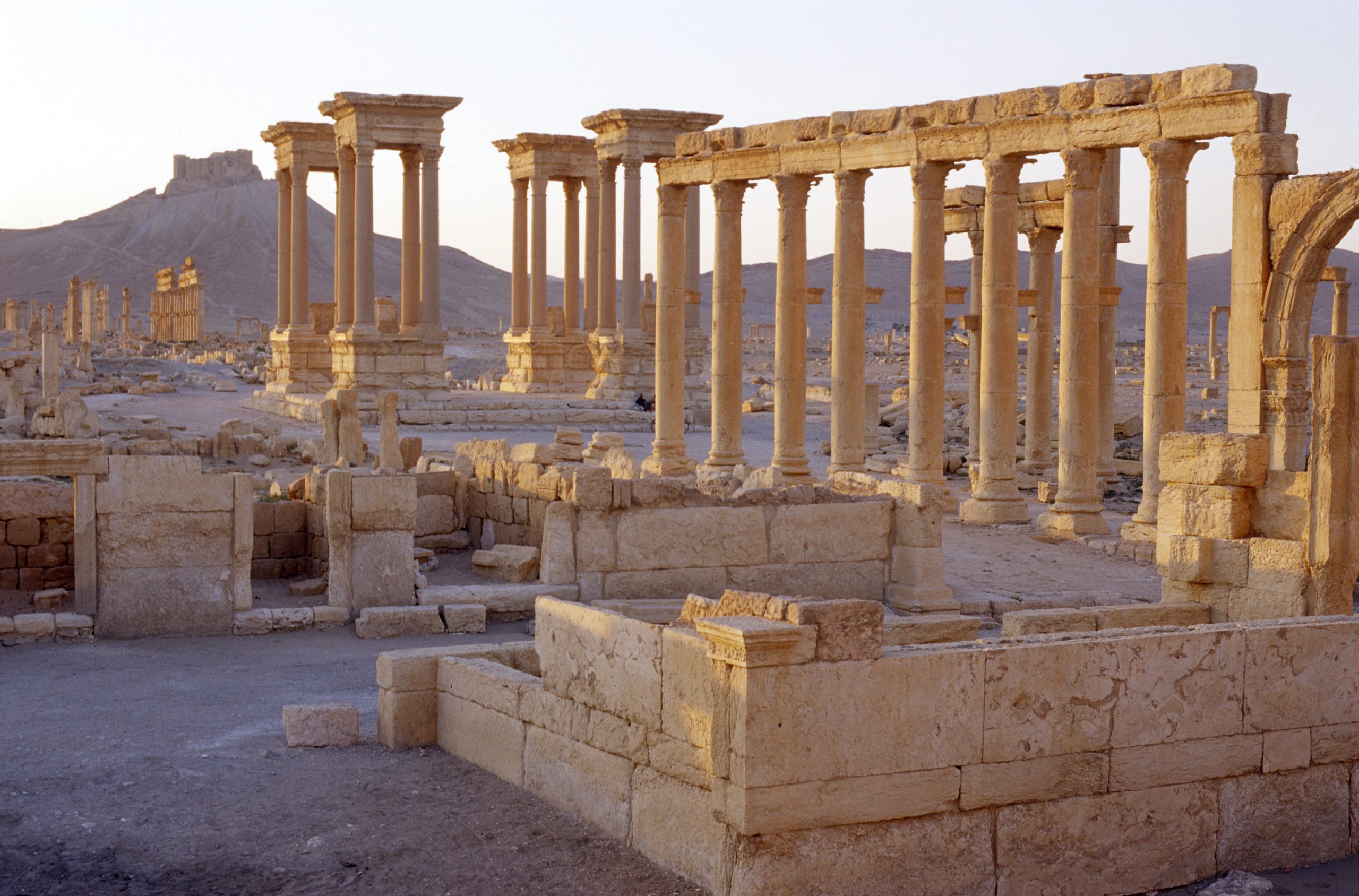History has unraveled itself in many beautiful ways over some time. We have acquired so much from our past in terms of culture, artifacts, monuments, ancestors, stories, and so much more. Our history defines where we stand today and how far we have come.
What is archaeological tourism?
Archaeological tourism is a branch of the tourism industry that deals with the cultural nexus and the restoration and visitation of historical sites and stops. In this, travelers visit the ancient, historically preserved monuments and locations of desire. Travelers satiate their thirst for knowledge, historical significance, and the beauty of these divine artifacts preserved over time.

Archaeological Tourism is a growing field of work that has become an increasingly popular career choice for many people looking to gain experience in the tourism industry. Archaeological Tourism involves taking tourists to archaeological sites worldwide, offering guided tours and insights into the history of various cultures. Archaeological Tourism can be traced back to the first archaeological dig in 1831, organized by the Society of Antiquaries of Scotland. Further excavations followed this in places such as Egypt and Mesopotamia. Since then, interest in Archaeology as a profession has grown exponentially, and many travel companies now offer specialized trips focusing on this ancient discipline.
Archaeological Tourist Guide Skills
- Knowledge of archaeology: An archaeological tourism professional should have a thorough understanding of archaeology, including its history, theories, and methods.
- Cultural Awareness: It is essential to know the local cultures and customs of the areas where you operate and to respect and understand the significance of cultural heritage sites.
- Research Skills: A crucial part of archaeological tourism is researching and studying the sites and artifacts, so good research skills are necessary.
- Communication Skills: Good communication skills are essential for archaeological tourism professionals, as they need to convey information effectively to tourists, local guides, and other stakeholders.
- Customer Service: Archaeological tourism professionals should have excellent customer service skills and be able to create an enjoyable and educational experience for visitors.
- Management Skills: Archaeological tourism professionals should be able to effectively manage projects, budgets, and resources to ensure successful outcomes.
- Adaptability: Adapting to different situations and environments is essential in archaeological tourism, as sites can vary significantly regarding accessibility, safety, and infrastructure.
- Multilingual Skills: Many archaeological tourism sites are located in non-English speaking countries, so having multilingual skills can be an advantage.
- Technology Savvy: With technology playing a more significant role in tourism, being familiar with tools such as GIS and digital mapping, 3D modeling, and virtual reality can be an advantage.
- Conservation Awareness: An appreciation for conservation and the ability to educate visitors on responsible tourism practices is an essential component of an archaeological tourism career.
Archaeologists specializing in Archaeological Tourism have a wide range of knowledge and skills, including understanding the past cultural practices at different sites. You need to be able to interpret artifacts and ruins, understand the geographic landscape of a location to get a better understanding of how humans lived in past eras, being able to recognize and explain anthropological references from literature or art. Additionally, you need to have familiarity with ancient languages written on monuments or inscriptions, be knowledgeable about history and culture so that tourists can be informed about their destination’s past, providing clear information about safety precautions when touring archaeological sites; for example, you need to how to store any artifacts found during digs and research expeditions properly. Additionally, archaeologists specializing in this field must have strong communication skills. They are often expected to inform visitors about the importance of conservation efforts regarding archaeological sites and artifacts found during digs.
In addition to having a wide variety of knowledge and skills related directly to archaeology itself, those interested in pursuing an Archaeological Tourism career should also possess certain personal qualities such as flexibility when dealing with customers from different countries/cultures; adaptability; excellent problem solving capabilities; intercultural sensitivity; strong interpersonal skills; working well under pressure; passion for travelling – not only visiting places but also seeing them through other people’s eyes; patience when dealing with challenging situations; creativity when it comes up with new ways for visitors to experience sites (such as live storytelling); possess leadership qualities that enable him/her to inspire others into joining them on their adventures; show confidence even when taking risks; display confidence when explaining complex concepts or ideas related to archaeology – not only for communicating purposes but also because it will boost customer’s trust towards your services.
All these qualities allow an Archaeological Tourist Guide to perform their job successfully and create memorable experiences for their customers – something which is increasingly valued within this area due to its potential for creating deep-rooted connections between tourists and their destinations.
But do you know what the beauty of this tourism branch is?
Each artifact has a story of its own. It is defined by its beauty, culture, respect, and background. Due to this reason, Archaeological tourism has been educating people and tourists about the heritage preserved in those ancient rocks and stones. Now, the people on the other side could be tourists, students, or even students.
Usually, the government takes responsibility and initiative to boost the archaeological tourism of a particular destination. In the areas where the government marks antiquities, it promotes tourism and educates people about their cultural heritage, significance, and value. Such robust initiatives bring in money and fame and support the country’s economic pillars.
Archeological tourism enables the government to generate funds via visitations and through the medium of travel. Yes, tourists spend money on transportation services such as roadway toll taxes, airfares, train fares, bus fares, food, accommodation, services, shopping, purchases of souvenirs, and much more. The government can earn pretty well through tax impositions on all these offerings and services.
Moving further, let us clear your concerns about what could be included in archeological tourism. So this term is not just restricted to old artifacts and museums. LOL! No way. It is so much more. Wait, way much more!!
Archeological tourism includes several dimensions, such as restored monuments, ancient artifacts, museums, excavations sites, and simulations of places that no longer exist.
The constituents of this tourism are usually old and ancestral. The historical sites face the threat of destruction due to the hoards of tourists from everywhere. The government and committees have imposed several rules and regulations, but some form of destruction or harm keeps happening as time goes by. For example, we have seen several people writing the names of their lives on the historical monuments, or because tourists are visiting space in huge numbers, therefore the artifacts could also face some erosion and daily wear and tear.
To pursue an Archaeological Tourism Career, one needs more than just knowledge of specific subjects – one needs enthusiasm & commitment toward educating people through travel experiences while helping them discover something new every time they embark on one of these trips. Like this, it can be concluded that an Archaeological Tour Guide could be seen as more than just someone who takes you from place A to Place B – they are instead facilitators offering viewers access to significant cultural landmarks around the world while helping them truly appreciate their value & importance for preserving our shared cultural heritage across all nations & civilizations.
